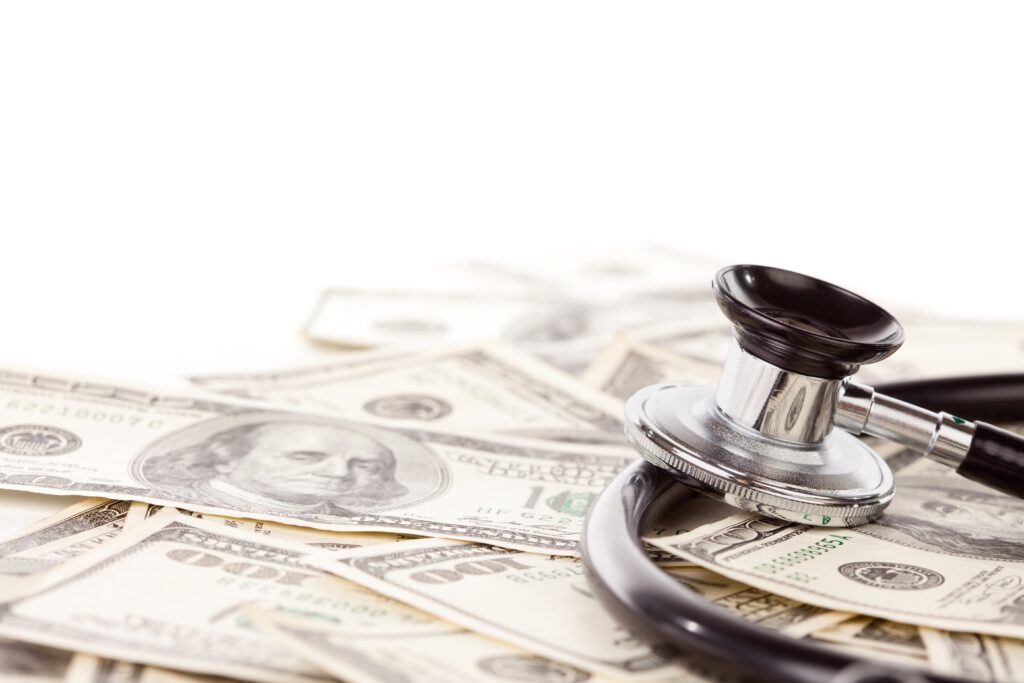High and climbing launch prices for new cancer therapies have raised concern among the public and led to calls for legislative action. Though it is indisputable that prices have increased—every new cancer drug launched in 2017 was priced over $100,000— these drugs may also result in better health and, therefore, be worth it.
Thus, a key policy question is whether the clinical gains offered by these drugs in treating specific cancer indications justify the price increases. Essentially: how should we measure the value of these drugs?
A new study sheds light on this question and finds that drug value has kept pace with the rising prices. Benefit-adjusted prices for these new cancer drugs have actually remained flat between 2013 and 2017.
“For regulators in the U.S., one metric largely dominates how we assess new cancer therapies,” said Alice Chen, who led the study. “But, this one metric doesn’t take into account important aspects of a therapy’s value, mainly patient outcomes for those patients who respond exceedingly well. There are other metrics that are recognized as valid, and we wanted to see how value changes when you use those instead.”
Chen and her colleagues assessed trends in price per health gains when measured by two different widely used metrics for cancer therapies launched between 1995 and 2017. In total, 91 distinct cancer drugs were approved by the FDA with 53 of them having approval for multiple indications during this time fame. The study was published in the October issue of Value in Health.
How Do You Measure the Value of New Cancer Therapies?
There is little consensus about how to measure the value of new cancer therapies. Two commonly used metrics are median and mean survival.
- Median survival is an endpoint measured during a clinical trial that is reached when 50 percent of the patient population receiving the new therapy has died. It is often considered the most reliable cancer endpoint because it is precise and unambiguously identified. However, the metric effectively ignores longer survival gains from the half of patients that are still alive when that point is reached.
- Mean survival takes into account the lifetime of the patient population still alive after the median survival endpoint has been achieved. Because clinical trials cannot practically extend to the lifetime of populations, this is a less precise estimate. But these longer-term benefits have obvious importance when measuring value.
Whether or not you use median or mean survival has very different implications when considering the value of a therapy. Chen and her colleagues found that new cancer drugs increased median survival by an average of 0.56 years, whereas mean survival increased by an average of 0.91 years—a difference of over four months.
“Schaeffer Center researchers have shown that for patients and their families, every additional day of survival has value. This is especially the case for treatments that offer the promise of a durable cure. Our value metric needs to account for what is going on in the right-tail,” said Schaeffer Center Director Dana Goldman, who was a co-author on the study.
While the FDA uses median survival gains as a basis for drug approval, other institutions—including the UK’s National Institute for Health and Care Excellence which appraises and approves new drug technologies for benefit coverage—incorporate mean survival gains into their decision-making. In the U.S., the American Society of Clinical Oncology and the Institute for Clinical and Economic Review have recognized the importance of accounting for longer-term survival and health outcomes when considering the value of a drug.
The Benefits of New Cancer Drugs Are Keeping Pace with Costs
Many recently launched cancer drugs are much more effective than therapies introduced a few decades ago. The researchers’ findings show large price increases reflected equally large gains in median and mean survival in recent years. This resulted in the real – or value-adjusted – launch prices to flatten between 2013 and 2017.
Overall, between 1995 and 2017, though drug costs rose more rapidly than median survival gains, they rose at about the same rate as mean survival gains conclude the authors. “These findings suggest that different measures of a drug’s clinical benefit may generate different implications for assessing value,” they write. When accounting for longer-term survival gains, the benefits are roughly keeping pace with price.
Outcomes or Value-Based Pricing Models May Improve Access
In any disease scenario- but maybe especially in cancer- responses to treatment can vary considerably in the patient population. In addition, current Medicare policies and the inability to develop creative pricing schemes together further incentive higher launch prices.
“When you look at cancer drug pricing using mean outcomes — which is what society should care about — you get a much more nuanced picture. Policymakers, payers, and regulators who want to do something about drug pricing need to accurately measure a drug’s total value price accordingly,” said Goldman.
Goldman and other researchers at the Schaeffer Center have developed pricing frameworks that better take into account value and outcomes than the traditional price-per-pill or fee-for-service models.
Xiaohan Hu, Rena M. Conti, and Anupam B. Jena were coauthors on this study. Funding for this study was provided by the Leonard D. Schaeffer Center for Health Policy & Economics, as well as the National Institute on Aging at the National Institutes of Health (2P30AG043073, P30AG024968 and P01AG033559). Dr. Conti’s efforts were supported by award RSGI-16-163-01 from the American Cancer Society. Dr. Jena’s efforts were supported by award 1DP5OD017897-01 from the National Institutes of Health.
